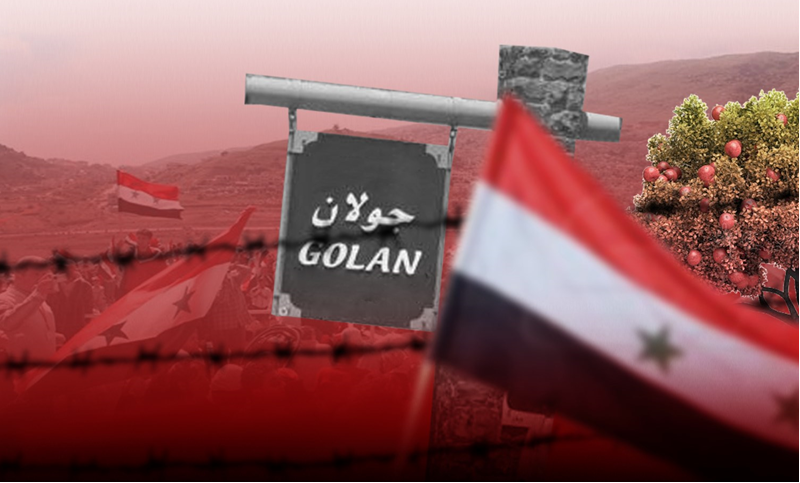Why do the people of the Golan suffer from water scarcity despite the Golan being extremely rich in water?The answer is the occupier “Israel” .Israel’s unequal water policy covers the occupied Palestinian Territories and the Syrian Golan Heights .As early as 1968, Israel enacted a series of laws, starting with Military Order 120, that gave it exclusive access to the Golan’s water resources, including a law stipulating that owning land does not involve owning the water on or under it. The effect of such legislation has been extremely harmful for the local Syrian farmers, who have always relied on agriculture for their livelihoods and have lost access to the water originating from their own land. They are instead obliged to purchase a minimum amount of water from Israeli companies, at an exorbitant price .
Military Order 120 was issued on 24 March 1968 and gave the Israeli Military Commander the authority to assign an Israeli official to manage and oversee the water resources in the Golan. This order stated that “…no person is allowed to carry out or operate any work related to water, unless by an official permit issued by the official in charge and according to the conditions set out on obtaining the permit.” Additionally, the order required Arab inhabitants to inform the military commander of any water resources in the area if he so demanded, and to allow military access to any area involving water works. Since the start of the occupation, Israel has pursued a programme of accessing aquifers in the Golan in order to exploit the groundwater for Israeli consumption. The Israeli Water Law prohibits private ownership of water and considers all water resources (including natural springs and rivers) as property of the state. After the illegal annexation of the occupied Syrian Golan in 1981, all water resources in the Golan fell under Israeli state administration. Native inhabitants of the Golan are now forced to purchase water for farm irrigation from Israeli authorities. Licenses are required for any private operation using a water source, including the construction of tanks to catch rainwater.
In the occupied Golan, thousands of hectares of natural reserves were destroyed by Israel. The population of the Syrian Golan is not only subject to water restrictions but to work restrictions too. With hardly any water available to the farmer the best option is to find employment, however employment opportunities for the Arab population there continue to be restricted, since the movement of the Arab population between the Golan and Syria remains problematic. The employment available to the Syrian population in the Golan is limited to unskilled and semi-skilled daily wage labour. In most instances, these workers have no access to social benefits or health insurance, and job security is precarious, with no provision for unemployment compensation. Over and above these concerns, substantial wage differentials prevail, to the detriment of the Syrian Arab population of the Golan.
Water politics carried out by the Israeli occupation end up reinforcing the dispossession of the Jawlanis, in the occupied Golan Heights. As a result the strategies used by the Jawlanis to counter domination and adapt to these compounded political and climatic realities can lead to a change in the status quo vis-à-vis land and water management. Finally, in the context of climate change, Israel wields power by promoting renewable energies in occupied lands, continuing its domination over resources and territories through a” narrative of green development” that relies on stealing the land from the natives and using it to erect giant windmills..
Reem Haddad
Editor-in-Chief

